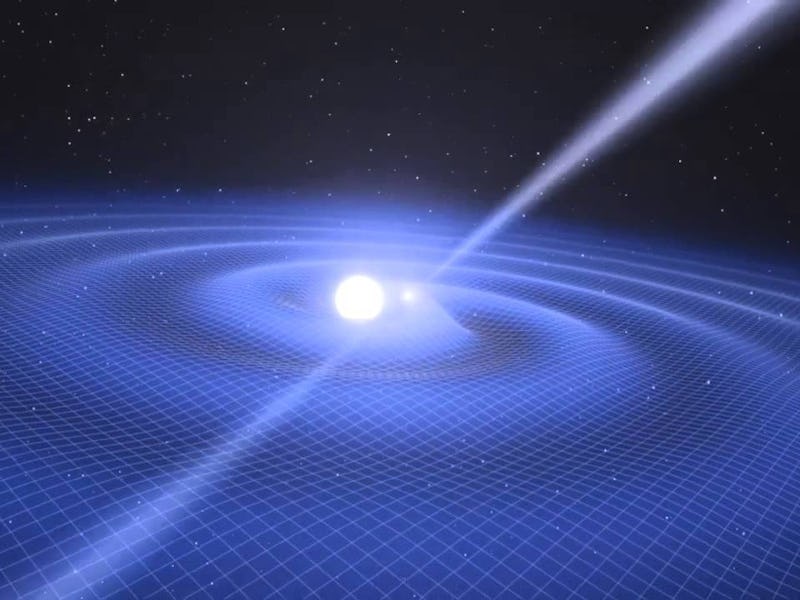The Next SpaceX Mission Could Lead to a Pulsar Space Atlas
Pulsars could be key to future interstellar travel.

SpaceX’s next mission is launching on Saturday. A Falcon 9 rocket will carry 6,000 pounds of cargo up to the International Space Station, and like all of these resupply missions, will include a treasure trove of instruments critical for conducting unique science and technology demonstrations. This next launch, however, is particularly special — it could help facilitate an extraordinarily new way for space travelers to navigate through the infinite vacuum beyond our atmosphere by using one of the strangest objects in the known universe: pulsars.
During a news conference on last week, NASA scientists and engineers went into the depth into some of the studies and experiments which SpaceX will help deliver to the ISS, and among them is a pretty neat instrument called NICER, short for Neutron star Interior Composition Explorer. If all things go well, NICER will help to measure the flashes emitted from pulsars strewn about space in an effort to help potentially create an atlas of interstellar space.
Pulsars, for the uninitiated, are basically neutron stars blasted with steroids. They are the densest, fastest spinning objects in the known universe. These “fantastical stars,” as described by NASAS scientist Zaven Arzoumanian, flash narrow beams of energy across the electromagnetic spectrum as they spin. The fastest among them can spin 100 times per second, flickering intense bouts of visible light, x-rays, and gamma rays as “sweeping beams.”
“If we happen to be int eh path of the sweep,” Arzoumanian explained to reporters last week, “we see a flash.” Pulsar flashes occur like clockwork — nay, better than clockwork, in some instances. They incredible stable, so “if we can time the flashes, we have very accurate clocks,” that rival or even beat some of our best atomic clocks themselves.
An instrument capable of detecting and measuring these flashes could translate that data into geospatial information. A spacecraft floating through space could keep track of where it’s located in relation to which pulsars it is picking up, essentially using them as navigation beacons.
And that’s where NICER comes in. Arzoumanian, the scientific lead for NICER, and his team, explain that this projects is essentially “a marriage of two missions — one scientific and one a technology demonstration.” NICER will measure the x-ray emissions of pulsars in space as it’s attached to the ISS both as a way to learn more about pulsars as an astrophysical specimen, as well as demo and validate using pulsars “as beacons to navigate spacecraft anywhere in space,” for the first time ever.
NICER will be in orbit for about 19 months, with a possibility for an extended mission if NASA chooses to do so.
The reason NICER could be a game-changer in space travel is because it could allow future space travelers to jettison their reliance on ground-based instruments, and instead navigate through space purely through what is already onboard. Space explorers wouldn’t be tethered to equipment that gets worse and worse to interface with as one travels farther out into space. The possibility of interstellar travel would be able to tick off one more obstacle.